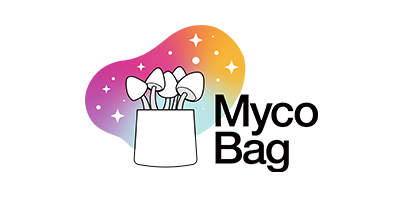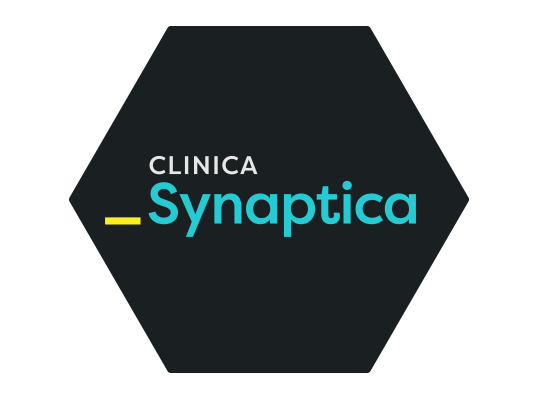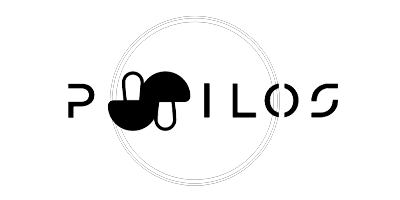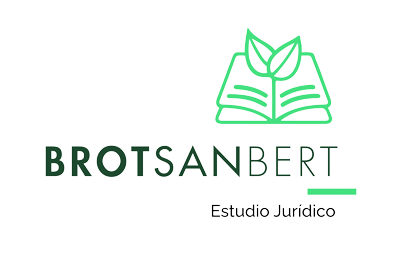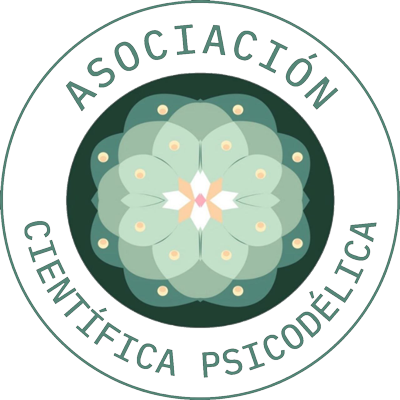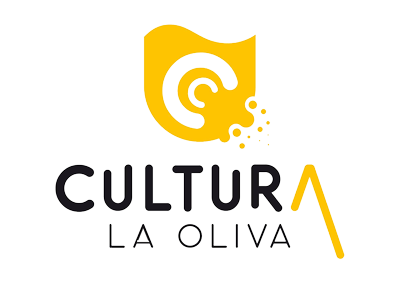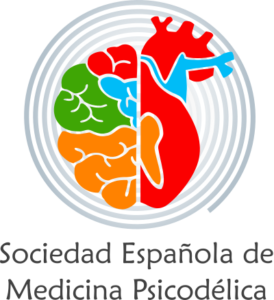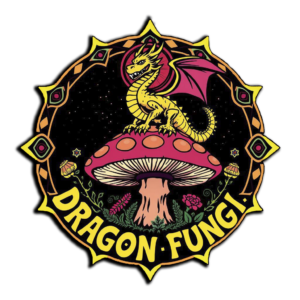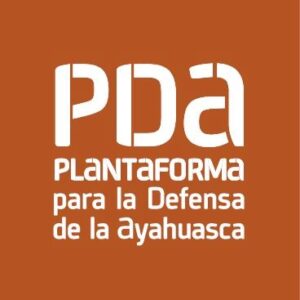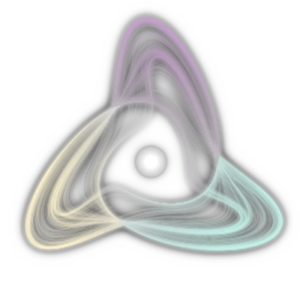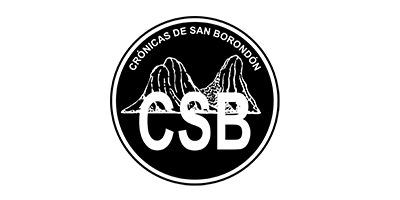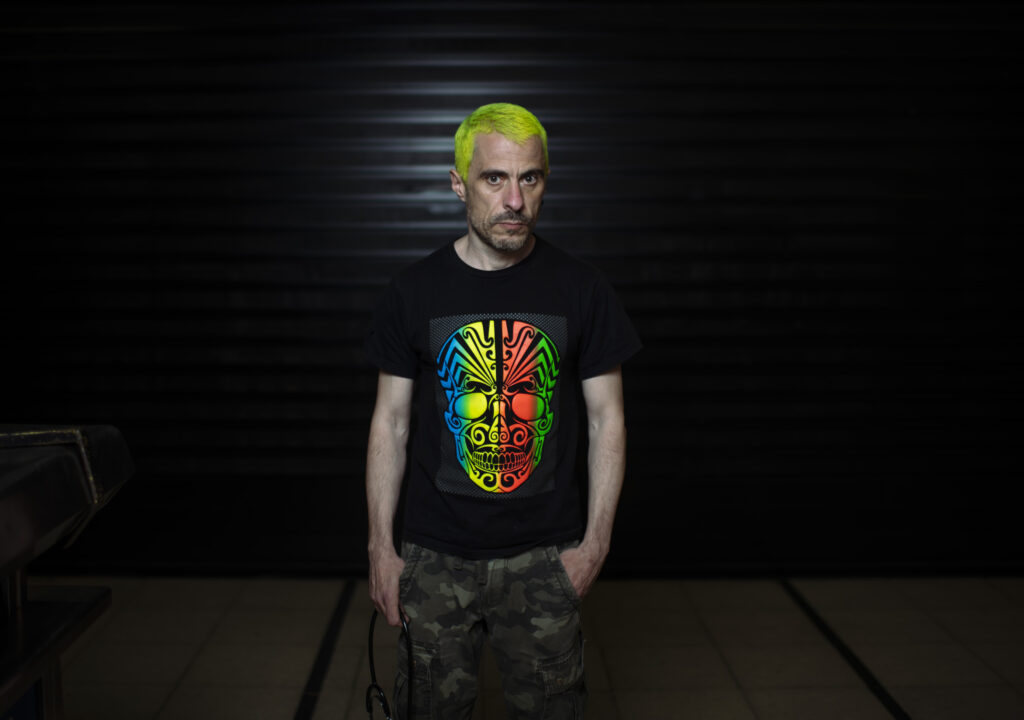
Fernando Caudevilla, also known as Doctor X, will be speaking at Fuertedélica, the Psychedelic Conference of Fuerteventura, about one of his favorite molecules, MDMA, a substance that is making its way back into psychologists’ offices after reigning on the dance floors for four decades. We talked with Doctor X about MDMA culture, new chemical drugs, and the unintended effects of the medicalization of psychedelics.
Thank you for meeting with us, Fernando. What will you be talking about at Fuertedélica?
I’m going to talk about MDMA culture, which is a great gift because I find it a bit boring to talk about what I talk about in general: science, studies and clinical trials, and I think the cultural history of drugs is as interesting as history or clinical history, and I think it gives it a very interesting and fun perspective.
Do you think the culture of MDMA is still alive right now, or is it becoming a “vintage” drug for those of us who are a bit older?
Of course, it’s hard to separate it from one’s own life journey, right? One might say it’s vintage and better than what’s available now. But I would say no. I think what we have now, in general, is better than what we had before… except for reggaeton. It’s good to review the timeline from the ’80s and ’90s to today, where the culture is still alive, but perhaps with different manifestations and social representations than in the ’90s.
I was also there in the ’90s, and my feeling is that the diversity of substances we had access to was much more limited. Then MDMA arrived as a rising star: it appeared suddenly and changed everything.
I didn’t want to imply that things were better before, but in this aspect, they were. That is, I believe NPS (new psychoactive substances), so far, are just legal substitutes for an illegal substance, trying to emulate the effects of cannabis, psychedelics, or stimulants like MDMA, but they do it poorly and with high toxicity. Neither 6-APB nor mephedrone have demonstrated the same potential as MDMA, and, in fact, when people have a choice, they choose the classic.
Furthermore, these NPS are rarely used knowingly by users seeking a distinctive experience with an empathogen; they usually come as adulterants in pills. The latest case is 4-CMC in Barcelona. Apparently, at Sonar Festival, they started finding adulterants in ecstasy pills, sold as MDMA but containing an ephedrine derivative.
I have fond memories of 2C-B, one of Shulgin’s great creations, which has nothing to do with the substitute sold now under the name “tusibi”.
Sure, it’s like confusing ’90s techno music with reggaeton. That is, 2C-B is a specific molecule with specific effects, and what’s being sold as “tusibi” or pink cocaine is actually a mix of ketamine, amphetamine and MDMA, in any proportion, with pink dye. There’s very little culture in that, as it’s not the drug sought and it’s an unpredictable mix. It makes no sense, but these are the consequences of drug policies.
Anne Shulgin said in one of her last interviews that the only problem she saw with MDMA is that it develops tolerance, and the effects you have at the beginning can’t be replicated over time.
On the one hand, yes, but on the other hand, it is not necessary to ask too much of it. What pharmacology calls tolerance is nothing more than “getting used to,” from a psychological point of view. That is to say, the first time one goes, for example, to Disneyland, he/she flips out with Mickey Mouse, but the fourth time he/she gets bored. Tolerance sounds a lot like a neurochemical thing, which we don’t really know how it works, but the fact remains that when you repeat an experience, you end up getting used to it and sometimes bored. Maybe you have to look for other things in the experience or simply don’t expect too much.
One of the news of the month has probably been this rather unexpected non-approval by the FDA. How can we read this news?
I can’t comment because I haven’t read it thoroughly. I only skimmed it, and I believe things should be understood in depth before forming an opinion.
Besides, I think they are different things: one is the subjective experiences in people who use them for therapeutic purposes or for self-knowledge or self-exploration, another is the trials, and another very different thing is the recreational use that is given to it. Any of these three things is justifiable by itself and that a committee says one thing with its reasoning, well, maybe it does not invalidate the rest.
I wanted to ask you about recreational and medicinal use. Do you think there’s a division between the two?
On one hand, yes: the boundaries between recreational, healing, therapeutic, and what feels good are blurry. On the other hand, in science and medicine, medications should be used for specific indications and diseases. An antibiotic works for tuberculosis, so it’s used for tuberculosis. Mental health is much broader and diffuse. Schizophrenia and psychosis are treated with antipsychotics clinically or medically, but the range is much broader, from major depressive disorders treated with medications to daily stress where having fun can be therapeutic. It’s a much broader range, but it can also open the door for anything, and that does not seem to me to be appropriate either.
In this gray area between one and the other, a study led by José Carlos Bouso a few years ago referred to ayahuasca as a self-care practice. Do you think MDMA could also fit this category?
I suppose. However, if we keep it in the realm of individual experience, it’s valid with that paradigm. If we want to generalize, we need objective scales to measure it; otherwise, anything goes. If we look only from a clinical perspective for PTSD, we miss things.
Is there still a stigma around MDMA? If so, how is that stigma perceived in your daily work as a physician specializing in illegal substances?
There’s a stigma with drugs, equating any non-therapeutic use with horror and death, except for cannabis. The non-therapeutic use of controlled substances is already stigmatized. Regarding MDMA, there’s the image of the “pill-popper,” which is devalued, but there’s nothing wrong with being one. This stigma persists. From a psychedelic therapeutic culture, recreational MDMA use can also be stigmatized, which is a trap.
One of the unintended or perhaps expected consequences of MDMA regulation or medicalization is a dramatic price increase compared to the black market. Psilocybin treatment in Australia costs $24,000, when by growing your own mushroom kit at home for €30 you have enough for several years.
For plants or plant-derived drugs, it might make sense medically to isolate active ingredients like THC and CBD in precise proportions, though it doesn’t justify the $400 for Sativex. For simple molecules like GHB, MDMA, or methamphetamine, which have therapeutic uses, there’s no reason for astronomical prices. These molecules have expired patents, so alternatives like s-ketamine, an isomer, are introduced. Recreational users will turn to the black market, and governments will pay a fortune for these treatments. These are the rules of the game, which are not very logical.
Photo: Inma Flores, El País.
Listen to Doctor X live at Fuertedélica. Get your discounted ticket at this link.

